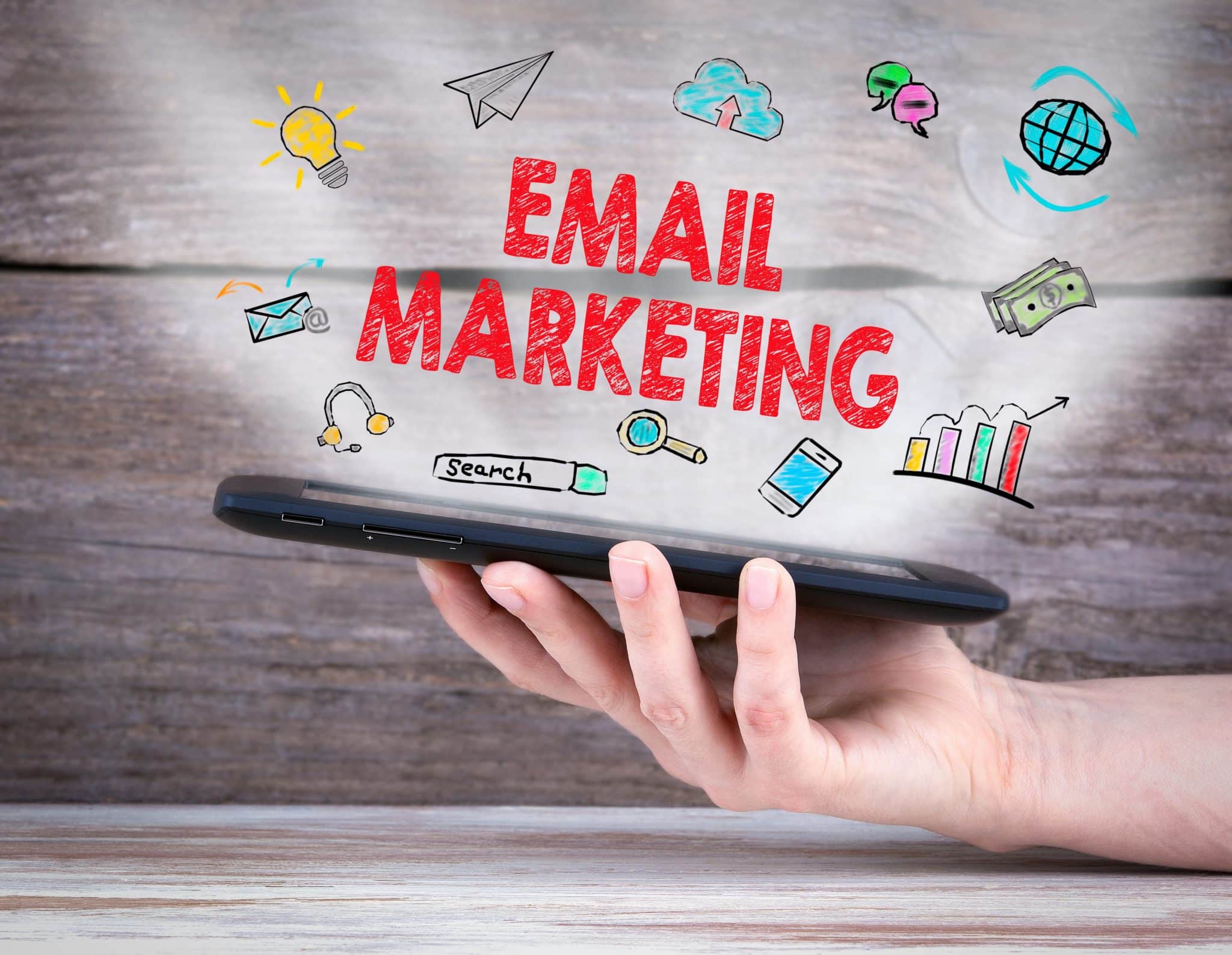Email marketing can be an excellent tool for healthcare organizations to connect with patients and promote their services.
However, there are some important things to keep in mind when using email marketing in healthcare. Here is our guide to email marketing in healthcare.
Why is Healthcare Email Marketing Important?
Email marketing is an essential tool for healthcare professionals because it allows them to reach many people quickly and easily.
It also allows them to build relationships with patients and customers, providing valuable information that can improve their health or shopping experience.
Healthcare email marketing can also help professionals stay in touch with their patients and customers, informing them about new products or services, special offers, and upcoming events. Here are some email marketing tips.
Tips to Follow When Email Marketing In Healthcare
The 80/20 Rule
When emailing healthcare patients, it’s vital to keep your email content focused on the information that is most relevant and useful to them.
Meaning that 80% of your email should be educational content or resources for patients, while only 20% can be promotional by nature.
Staying HIPAA Compliant
In order to email patients in healthcare, you must ensure that you follow HIPAA regulations and keep your email communications as secure as possible.
That is why it is important to take security measures, such as using encrypted email, removing patient email addresses from email lists when no longer needed, and only sharing necessary information.
Stay Consistent
A critical factor in email marketing success is to keep your email content consistent over time.
By following these tips for email marketing in healthcare, you can ensure that your communications are practical and successful.
Staying consistent includes:
- Using a similar tone and format for all of your emails
- Being consistent with the message you are promoting
- Using email segmentation to target the right audience for your email
- Emailing on a regular schedule
Watch Out for Spam Filters
Finally, email marketing in healthcare requires special care to avoid getting marked as spam by email providers.
Make sure to stay away from particular words and phrases commonly associated with spam emails, such as special offers or discounts. It’s also important to regularly check your email reports for any deliverability issues.
Segment Your Audiance
Another key to email marketing success is segmenting your audience based on different factors, such as demographics or interests.
Doing so allows you to target your email content in a more relevant and targeted way, leading to better email engagement and conversions.
Create Different Campaigns
When emailing healthcare patients, creating different email campaigns for different customer journey stages is essential.
For example, you might have an email campaign targeting new patients and another to encourage existing patients to schedule appointments or renew their prescriptions.
By tailoring your email content to specific stages of the customer journey, you’ll be able to increase email engagement and conversions.
Watch Your Spelling & Grammer
As you plan your email marketing campaigns for the healthcare industry, keeping your spelling and grammar in check is important.
Using grammar checker software, such as Grammarly or Hemingway Editor, can help ensure that your content is free of errors and easy to read.
Additionally, using these tools can help improve the overall quality of your email marketing content, which can help increase email engagement and conversions.

How to Get Started Email Marketing in Healthcare
Email marketing in healthcare requires careful planning and execution to be successful. One crucial factor to consider is ensuring you have everything you need for all seasons.
Starting email marketing in healthcare includes the following:
- A well-developed content strategy
- A strong email list
- High-quality visuals
You’ll also need to make sure your email marketing software is up to date and that you have the tools and resources to create effective email campaigns.
By planning ahead and ensuring you have everything you need, you’ll be ready for success with your email marketing efforts.
Here are the steps to getting started with email marketing in healthcare:
- Understand Your Target Audience
- Choose an Email Marketing Software
- Create Your First Welcome Email
- Create an Engaging Subject Line
- Create Your First Drip Campaign
Understand Your Target Audience
The first step in email marketing in healthcare is to understand who you are targeting and their needs and interests.
Researching your target audience demographics involves:
- Age
- Gender
- Income level
- Conducting surveys or focus groups
Understanding your target audience is also vital for determining which channels to use to reach them.
Ultimately, knowing your target audience is essential for creating successful email marketing campaigns that achieve your desired results.
Choose an Email Marketing Software
Once you understand your target audience, the next step is to choose an email marketing software that is right for your needs.
These are some factors you’ll want to consider:
- The flexibility and functionality of the software
- Whether it is easy to use and navigate
- How much support can you expect from the email marketing provider
CRM software for healthcare is important because it allows you to communicate with your customers and patients quickly and efficiently.
You can create and send newsletters, promotions, and other information quickly and easily or track how many people open your emails and click on your links to help you determine the effectiveness of your campaigns.
Ultimately, email marketing software can help you improve communication with your customers and patients, leading to better outcomes for everyone involved.
Create Your First Welcome Email
Once your email marketing software is set up, the next step is creating your first welcome email.
This might include things like:
- A welcome message from your email marketing team
- Information about how often you will email and what types of content to expect
- Links to any helpful resources or other materials
This email should be sent immediately after new subscribers sign up to your email list, and it should include an introduction to what they can expect from your email campaigns going forward.

Create an Engaging Subject Line
The key to email marketing in healthcare is to create email subject lines that are engaging and compelling. This can be more challenging than it might seem since you need to balance things like open rates with compliance regulations for email marketing.
Some tips for creating engaging email subject lines include:
- Using numbers or statistics to pique the reader’s interest
- Including action-oriented verbs to encourage readers to open the email
- Using personalization tokens and other techniques to make your email feel more relevant
Create Your First Drip Campaign
Once you have your welcome email and subject line ready, the next step is to create a drip campaign that can be sent out on a regular schedule.
This might include email content that is sent out on a weekly, monthly, or another schedule to help keep your email marketing efforts moving forward.
To get started with drip campaigns, consider the following:
- Planning out the email content and message schedule ahead of time
- Set up your automation tool. Here’s a guide to help set up automation with email.
- Optimizing your email content for mobile devices so that it is easy to read on a range of screen sizes
By taking these steps, you can set yourself up for email marketing success in healthcare. With the right tools and planning, you can connect with your audience and drive results for your organization.
Wrap Up
Whether you are new to email marketing in healthcare or have been doing it for years, there are always best practices and tips to keep in mind.
By taking the time to plan ahead and make sure your email marketing efforts are up to date, you can effectively reach your target audience and see results from your email campaigns.
Got any questions about email marketing in healthcare? Let us know in the comments below!

